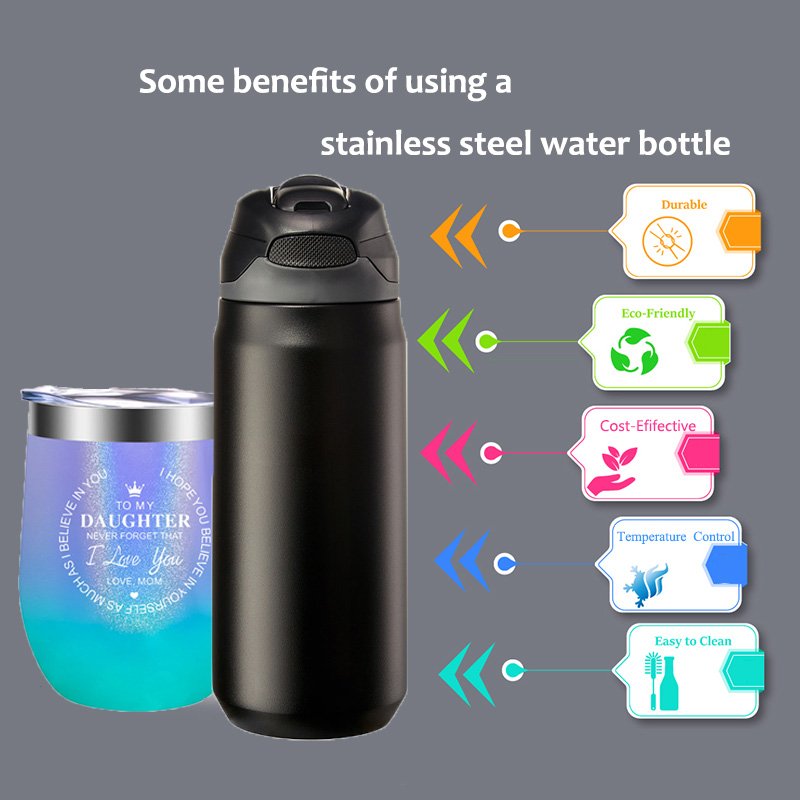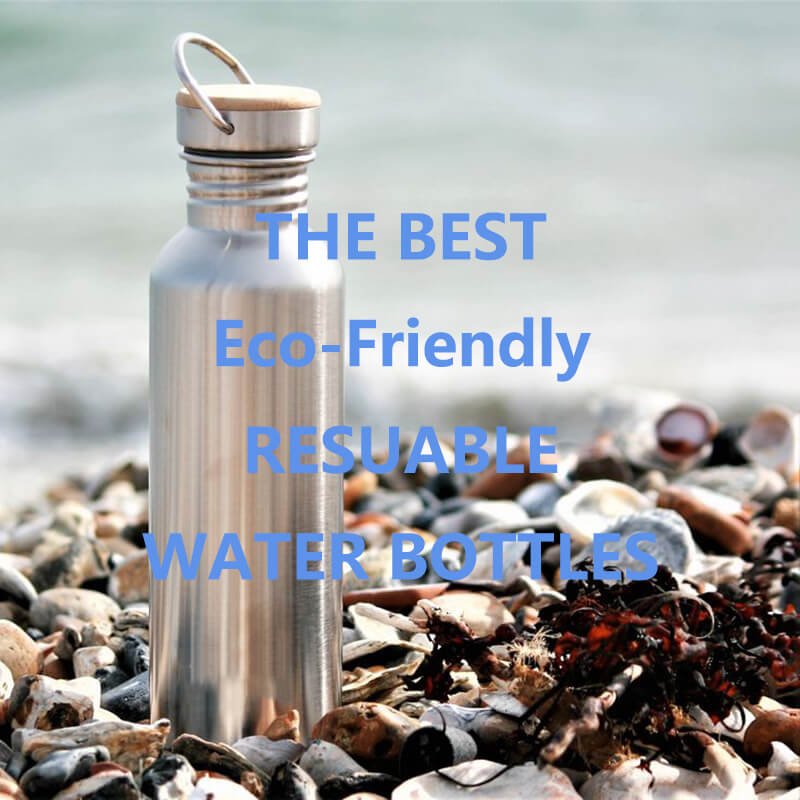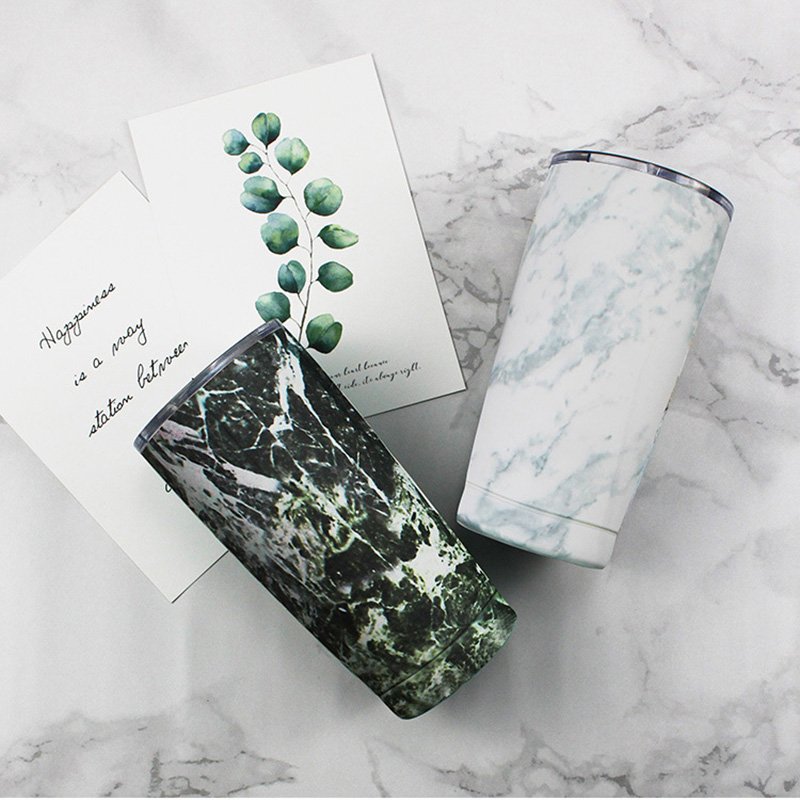Understanding the Market for Wholesale Tumblers
The wholesale tumbler market has been witnessing significant growth in recent years, driven by shifting consumer preferences and an increasing emphasis on sustainability. More consumers are seeking customized options that allow them to express their individuality while using products that contribute to a more eco-friendly lifestyle. The demand for customizable tumblers has surged, with many buyers looking for personalized designs, colors, and sizes that cater to their specific needs.
In terms of product variety, wholesale tumblers are available in two main categories: insulated and non-insulated variants. Insulated tumblers are particularly favored for their ability to maintain the temperature of beverages, making them ideal for both hot and cold drinks. This functionality appeals to a broad audience, including outdoor enthusiasts, commuters, and fitness aficionados. On the other hand, non-insulated tumblers offer a range of designs and are often more lightweight, which attracts consumers looking for convenience and portability.
The rising popularity of tumblers can be attributed to several factors, including the growing awareness of single-use plastic pollution and the desire for quality, reusable products. As consumers become increasingly conscious about their environmental footprint, they gravitate toward tumblers made from sustainable materials, such as stainless steel and BPA-free plastics. This trend aligns well with the goals of many businesses that focus on offering eco-friendly drinkware options, ultimately enhancing their brand image and customer loyalty.
From a business perspective, entering the wholesale tumbler market presents substantial profit potential. Companies can benefit from the relatively low production costs associated with tumblers, while the retail price margins can be quite favorable, particularly for customizable and branded items. As awareness of health and sustainability continues to grow, the opportunity for profit in this expanding sector becomes more pronounced. Businesses must, however, remain attuned to market trends and consumer preferences to thrive in this competitive landscape.
Choosing the Right Sports Water Bottles for Your Brand
When selecting sports water bottles for your brand, various features must be considered to ensure the products meet consumer expectations and align with your branding objectives. Among the most critical factors are the materials used, which dictate durability. Bottles made from high-grade stainless steel or BPA-free plastic tend to be preferred for their sturdiness and safety profile. Furthermore, eco-friendly materials increasingly attract environmentally conscious consumers, making sustainability an attractive quality in today’s market.
Another essential consideration is the design of the sports water bottles. A sleek and ergonomic design not only enhances usability but also appeals to aesthetic tastes. Modern consumers are inclined to favor bottles that showcase a vibrant color palette or unique patterns. Additionally, the capacity of the bottle matters—depending on whether they are engaged in sports activities, people have varying hydration needs. Offering different sizes can cater to a broader range of consumers, from casual users to dedicated athletes.
Insulation properties also play a vital role in the selection process. Insulated bottles can keep beverages cold or hot for extended periods, providing added functionality and increasing their appeal. As such, brands that prioritize high-quality insulation may see enhanced customer satisfaction and loyalty.
Labeling and branding should not be overlooked, as these elements significantly impact visibility and consumer recognition. Custom labels that highlight your brand’s logo and values can create a strong impression and foster brand loyalty. By carefully considering the features of your sports water bottles, including materials, design, capacity, insulation, and branding, your selections can effectively resonate with your target audience and reflect your brand identity in a competitive landscape.
Benefits of Customization in Tumblers and Water Bottles
Customization plays a pivotal role in the marketing strategy for tumblers and sports water bottles. It can significantly enhance brand loyalty and customer engagement. When consumers have the opportunity to personalize their products, they tend to develop a stronger emotional connection with the brand. This connection can transform a one-time purchase into a long-term relationship, ultimately benefiting businesses in terms of repeat sales and brand advocacy.
The variety of customization options available for tumblers and water bottles serves to attract a broader audience. Color variations, for example, allow customers to select shades that reflect their personal style or match their favorite sports team. Logo printing provides businesses with a unique opportunity to promote brand identity, as consumers often use these items in public settings. When individuals proudly display a tumbler or water bottle adorned with a recognizable logo, it creates a mobile advertisement for the brand. Unique designs, including patterns and personalized messages, can further distinguish a product in a crowded marketplace, appealing to niche markets and specific demographics.
Several companies have successfully deployed customization as a core aspect of their marketing strategies. For instance, a well-known sports drink brand introduced a line of personalized water bottles, where consumers could choose their names or favorite sayings. This not only increased sales but also significantly enhanced customer engagement on social media platforms, as customers eagerly shared images of their customized bottles. Such initiatives exemplify how personalization can energize marketing efforts, making consumers feel valued and recognized.
Incorporating customization options into the product line of tumblers and sports water bottles not only attracts new customers but also fosters brand loyalty, ultimately leading to long-term business success. The advantages of personalization are manifold, making it an essential consideration for marketers aiming to optimize their product offerings.
Sourcing and Pricing Strategies for Wholesale Purchases
When venturing into the wholesale market for tumblers and sports water bottles, implementing effective sourcing and pricing strategies is paramount for success. The first step involves identifying reliable suppliers. Conducting thorough research is essential—consider leveraging online marketplaces, trade shows, and industry forums to uncover reputable manufacturers. Examining supplier reviews, checking samples, and validating certifications can significantly ensure the quality of products you’re considering. Reliable suppliers not only provide high-quality items but also help you establish ongoing partnerships crucial for scaling your business.
Understanding the importance of minimum order quantities (MOQs) is another critical aspect. Many wholesale suppliers set MOQs to ensure profitability on their end. As a buyer, knowing how to navigate these requirements can influence your pricing and inventory management strategies. When negotiating MOQs, communicate your projected sales forecasts to establish a mutually beneficial situation. Successful negotiation can lead to reduced MOQ thresholds, ultimately allowing you to diversify your product range without overextending your resources.
Negotiating deals that maximize profitability also hinges on the art of price negotiation. Don’t shy away from asking for discounts based on bulk purchases or long-term agreements. Establishing a rapport with your suppliers can lead to better deals, so it’s advisable to maintain open lines of communication. Once you have your products, implement efficient inventory management practices. This includes tracking sale patterns, forecasting demand, and ensuring that stock levels meet customer needs without incurring excess holding costs.
Lastly, effective pricing strategies must be developed to maintain competitiveness while ensuring profitability. Analyze the market, study your competitors, and consider various pricing models, such as cost-plus pricing or competitive pricing. Each approach has its advantages and should be tailored based on your business goals. Implementing these strategies can provide an edge in the wholesale arena, ensuring that your operation remains sustainable and profitable.



